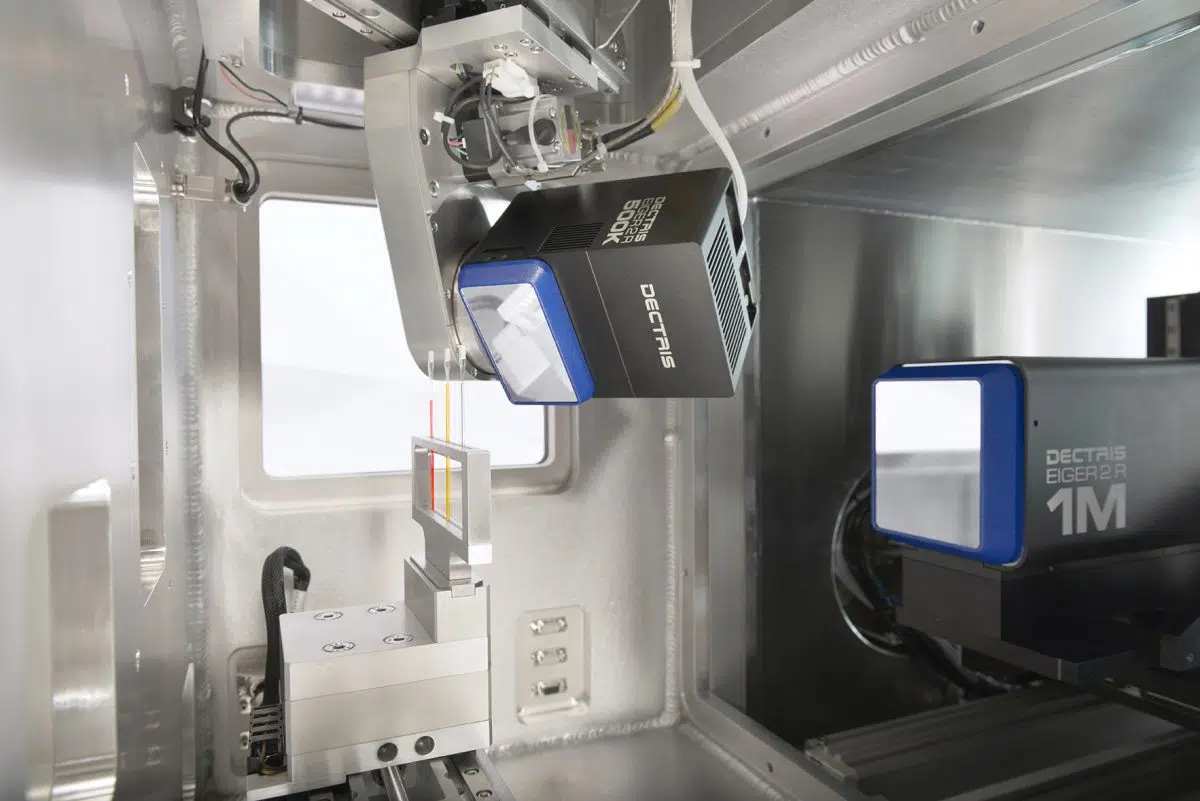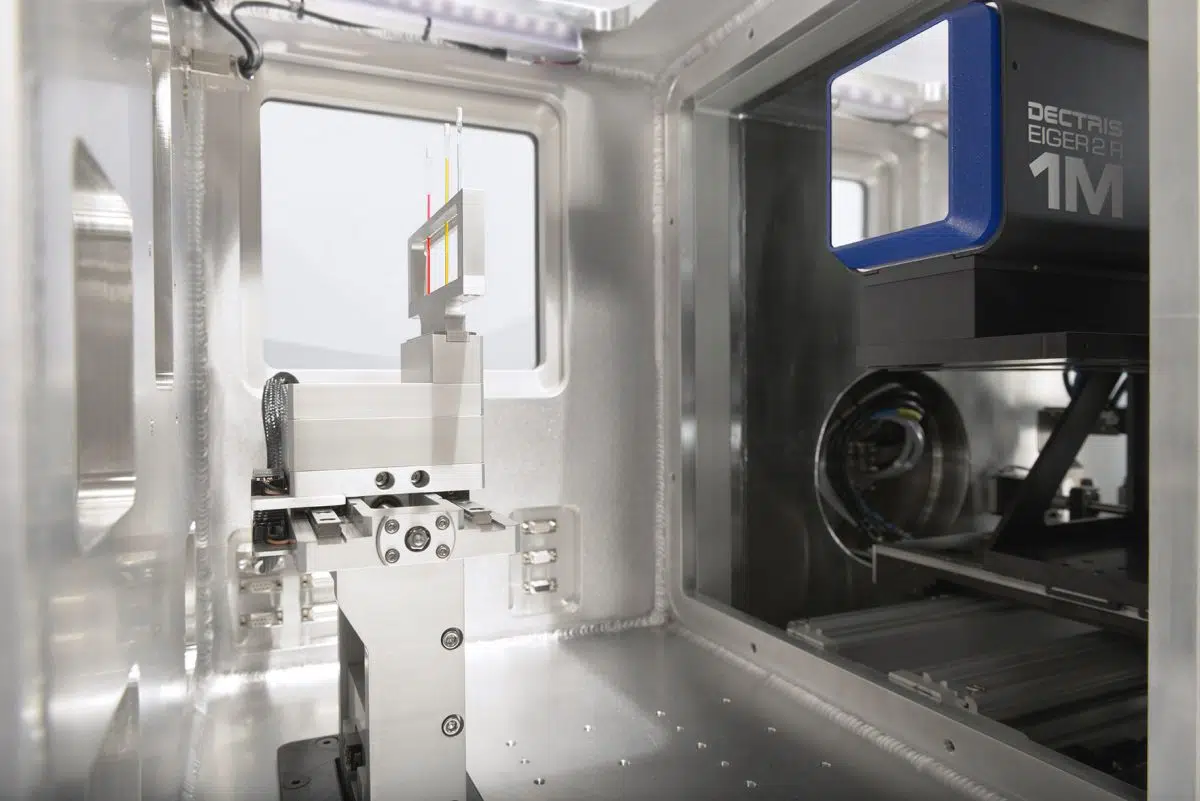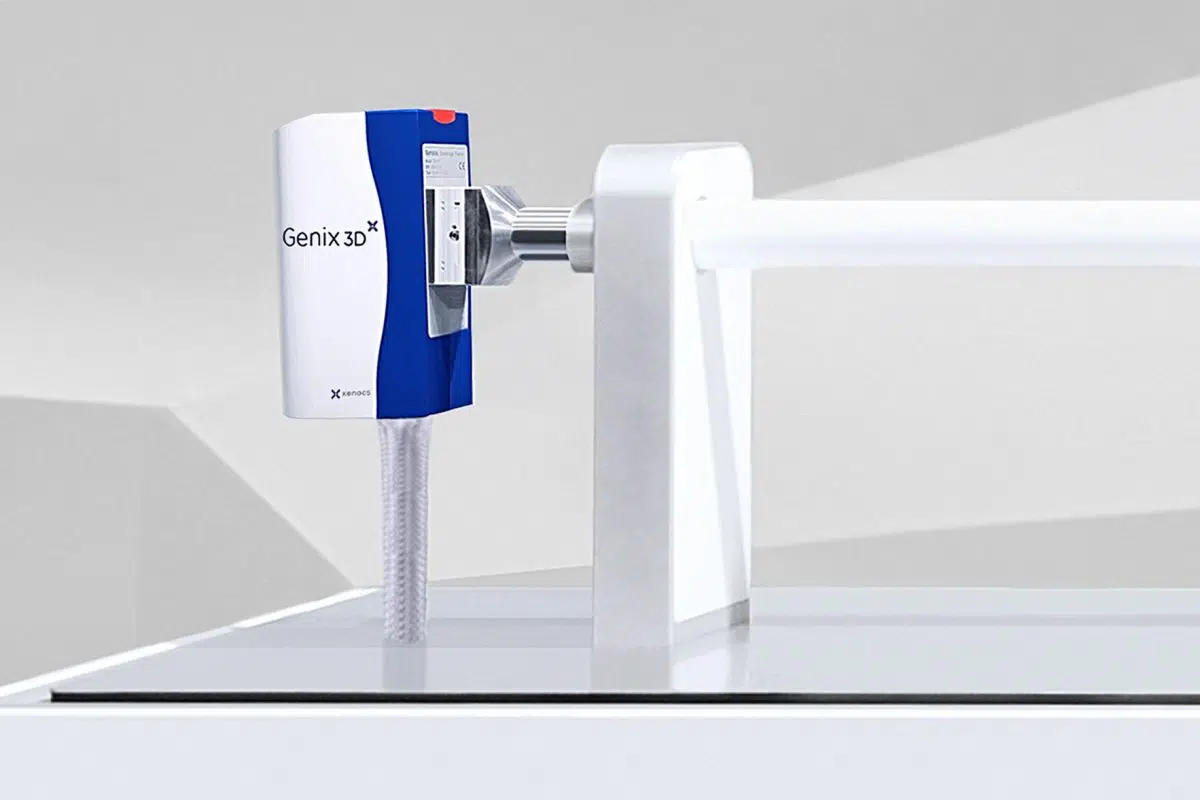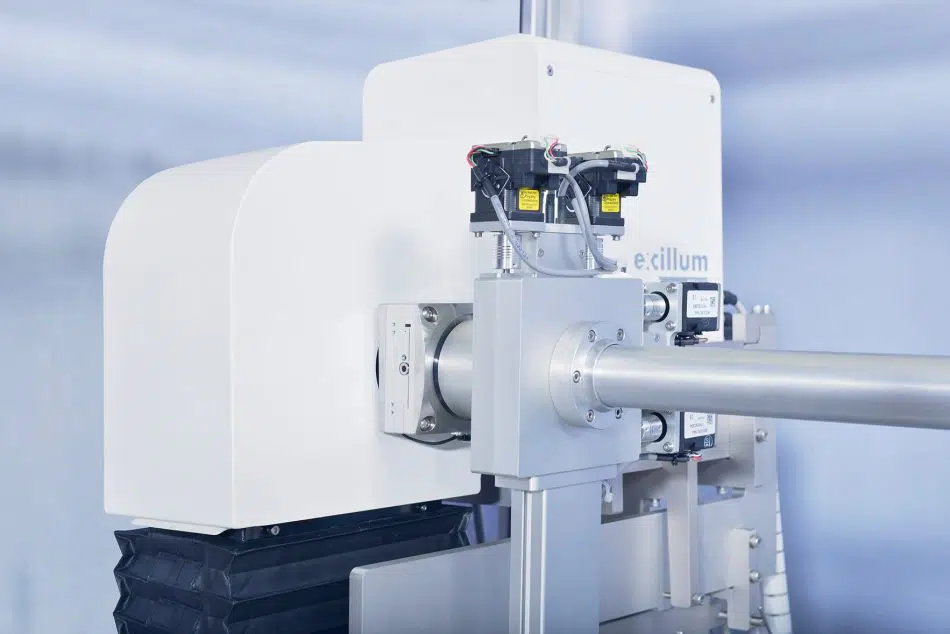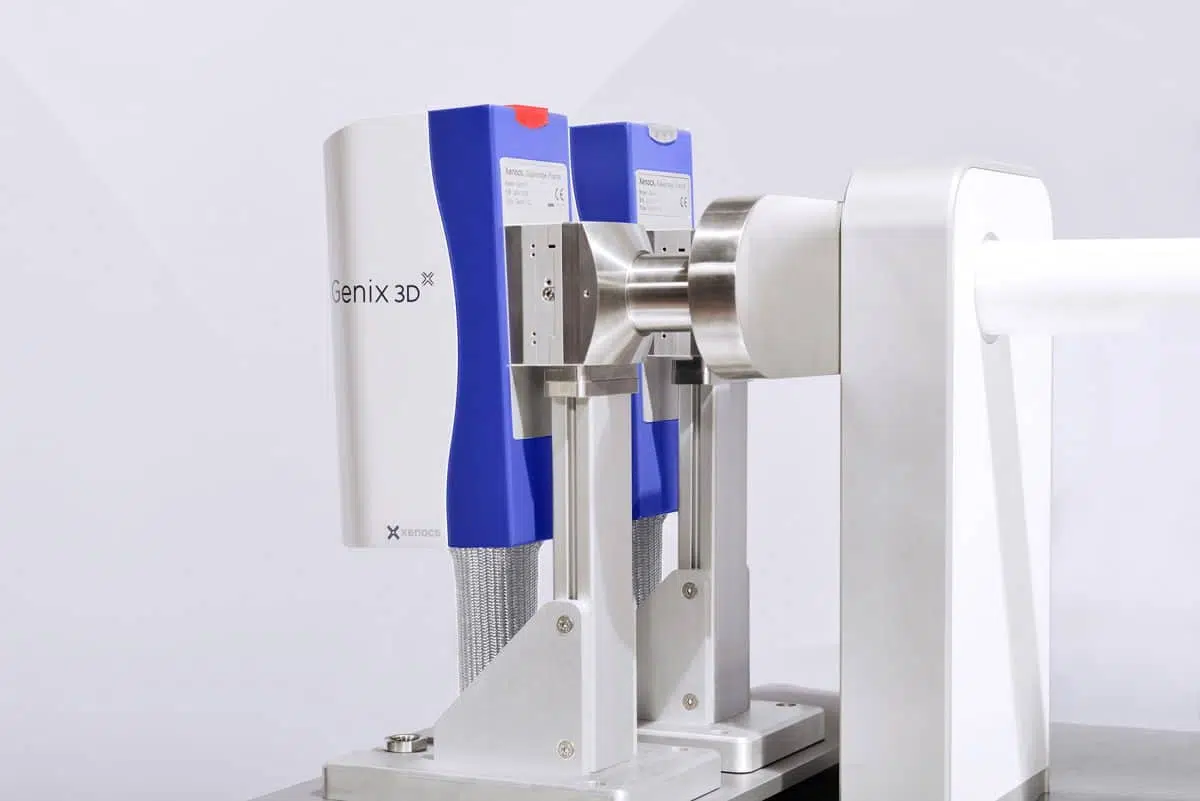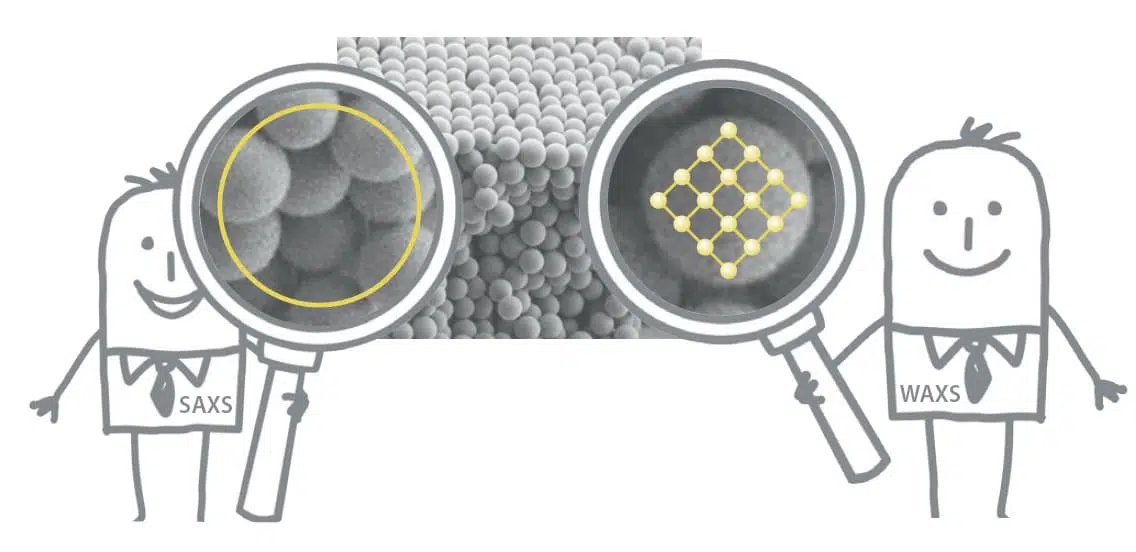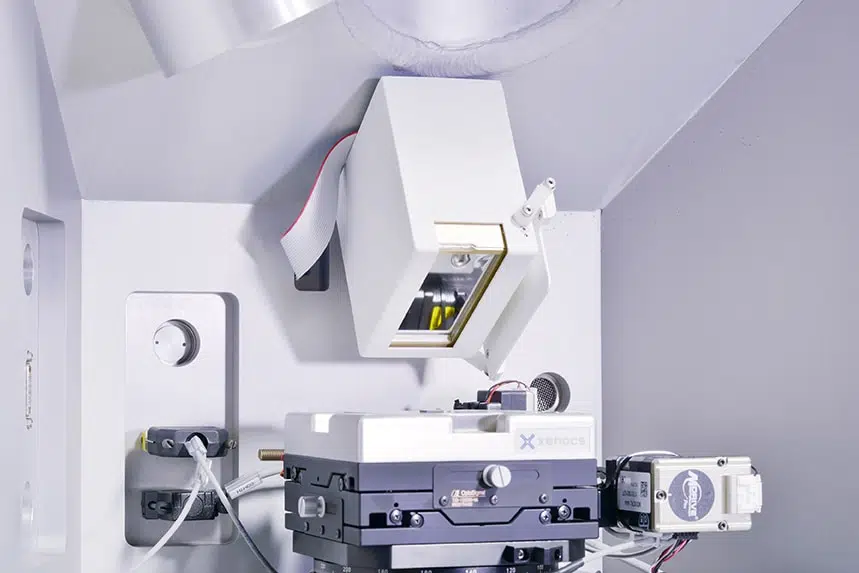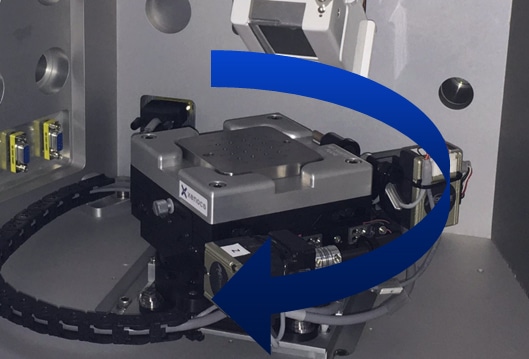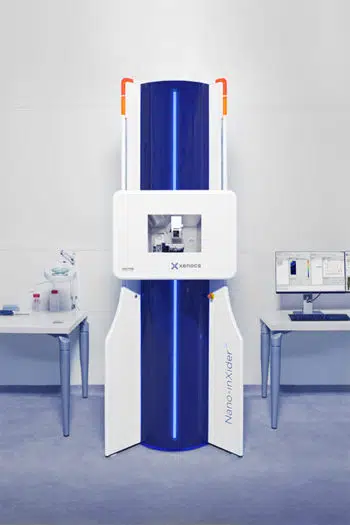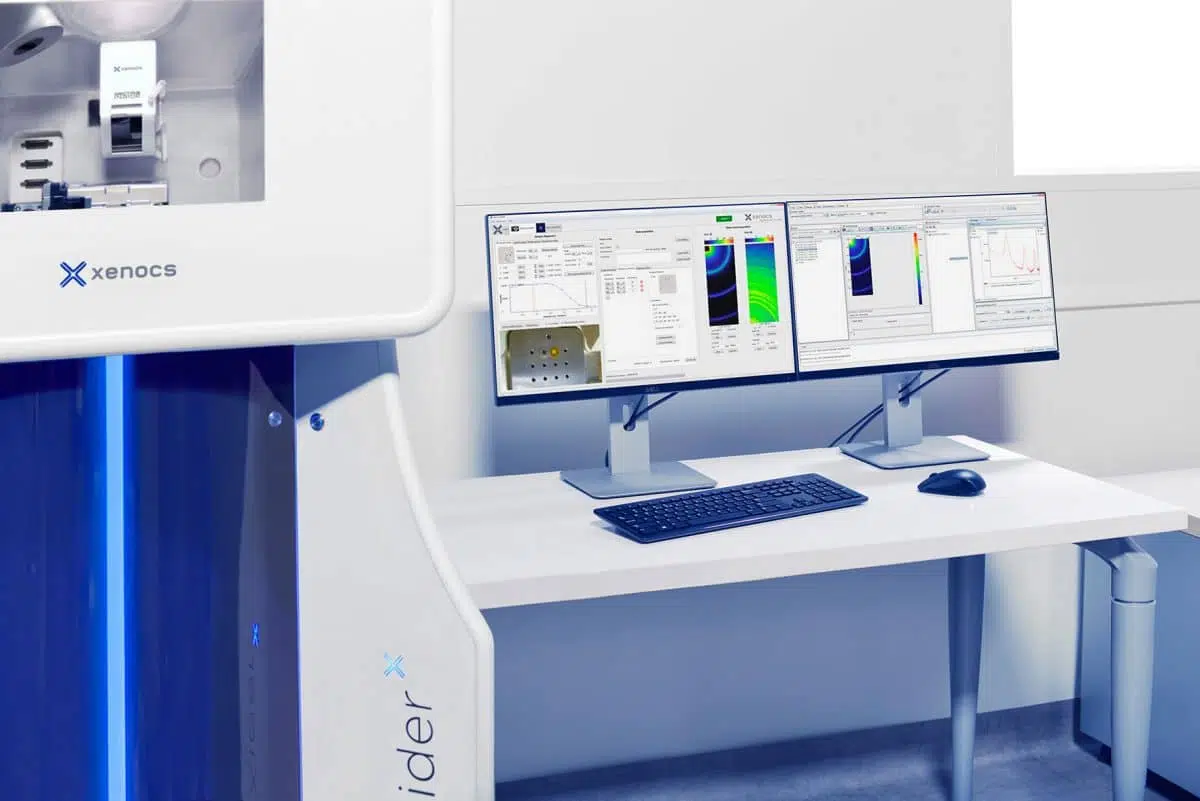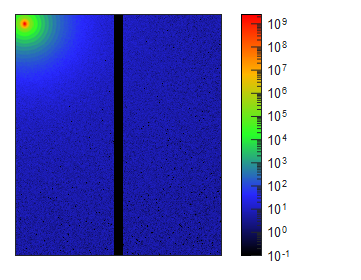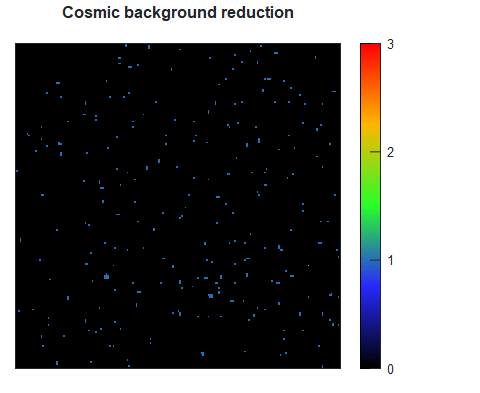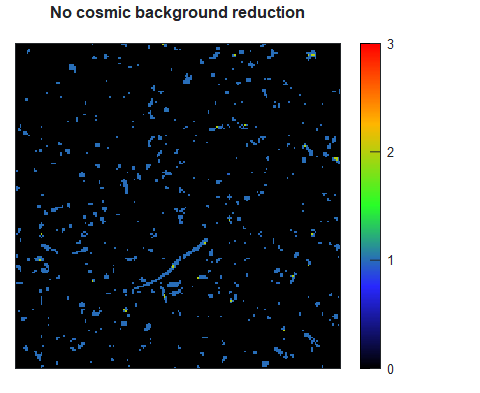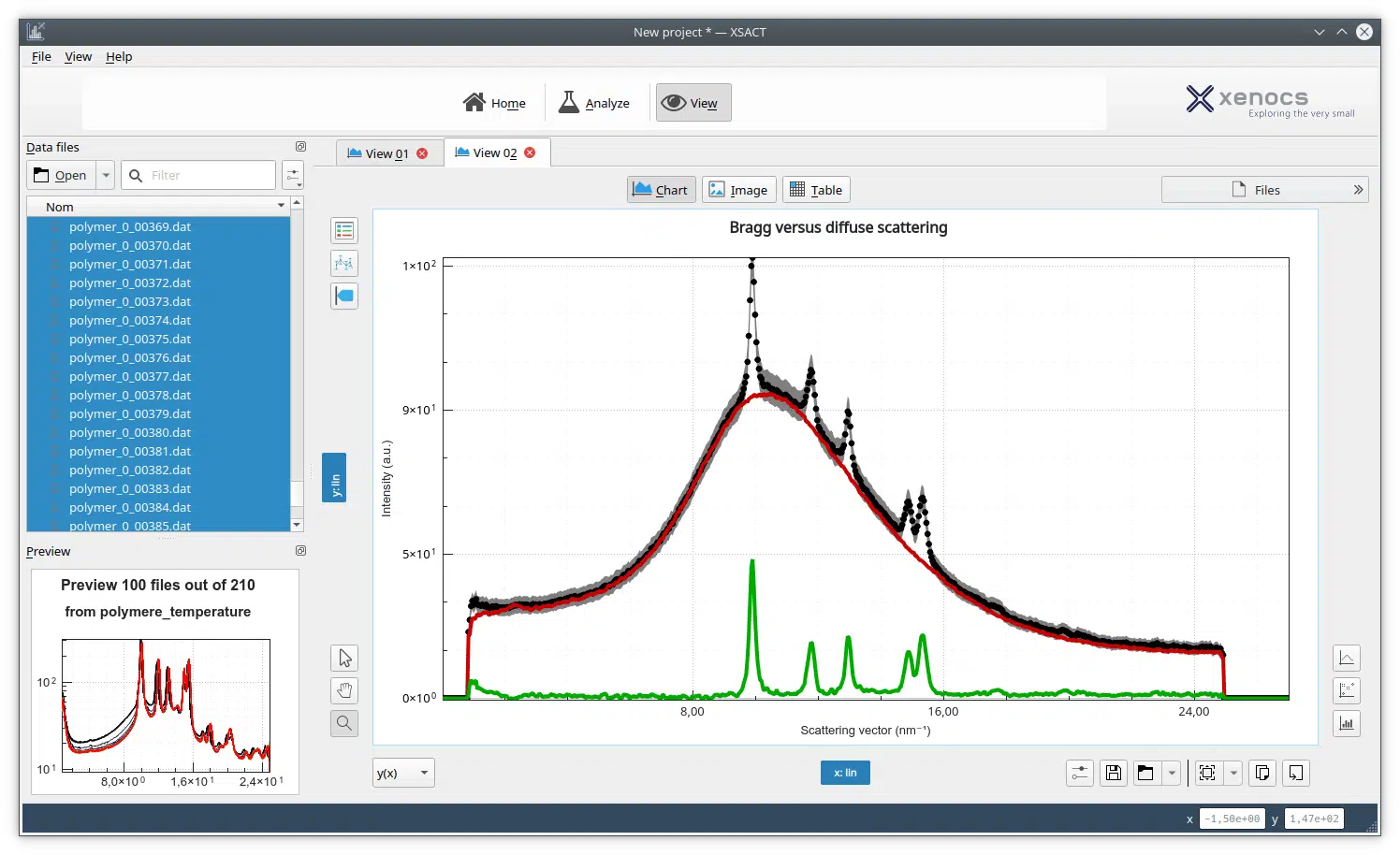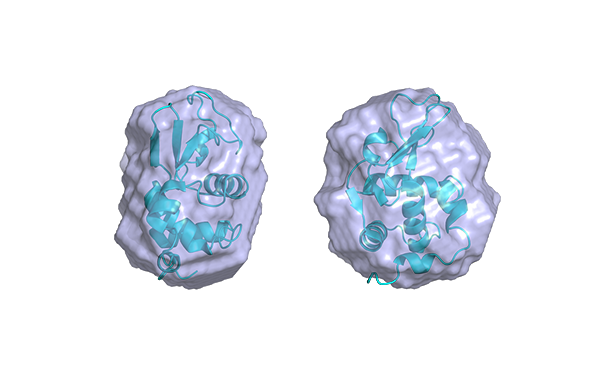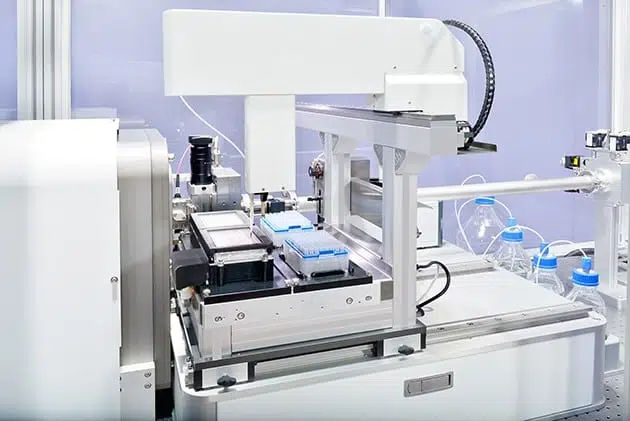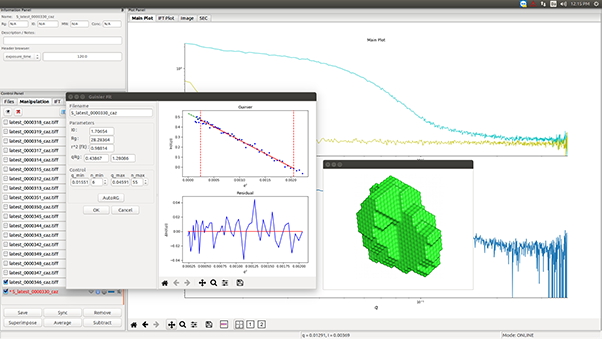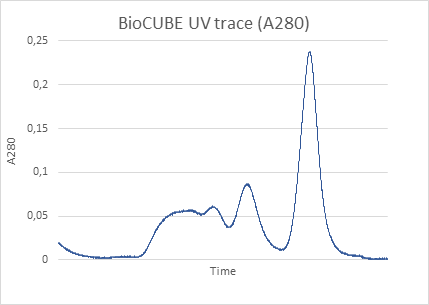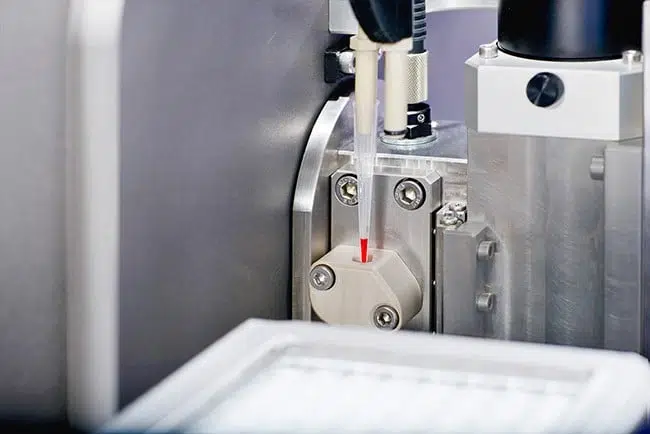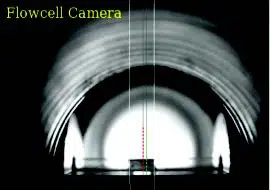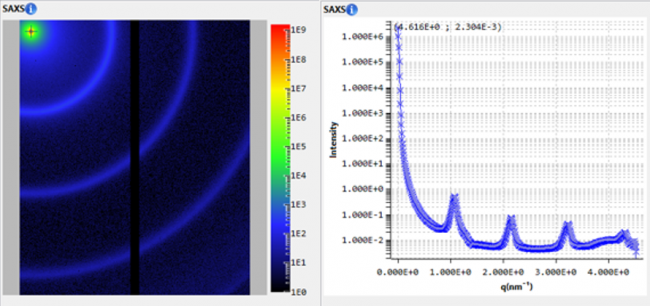Journal of Colloid and Interface Science, 2019, vol 538pp. 404-419
DOI:10.1016/j.jcis.2018.12.007
Abstract
The exposure of biological membranes to reactive oxygen species (ROS) plays an important role in many pathological conditions such as inflammation, infection, or sepsis. ROS also modulate signaling processes and produce markers for damaged tissue. Lipid peroxidation, mainly affecting polyunsaturated phospholipids, results in a complex mixture of oxidized products, which may dramatically alter membrane properties. Here, we have employed a set of biophysical and surface-chemical techniques, including neutron and X-ray scattering, to study the structural, compositional, and stability changes due to oxidative stress on phospholipid bilayers composed of lipids with different degrees of polyunsaturation. In doing so, we obtained real-time information about bilayer degradation under in situ UV exposure using neutron reflectometry. We present a set of interrelated physicochemical effects, including gradual increases in area per molecule, head group and acyl chain hydration, as well as bilayer thinning, lateral phase separation, and defect formation leading to content loss upon membrane oxidation. Such effects were observed to depend on the presence of polyunsaturated phospholipids in the lipid membrane, suggesting that these may also play a role in the complex oxidation processes occurring in cells.






